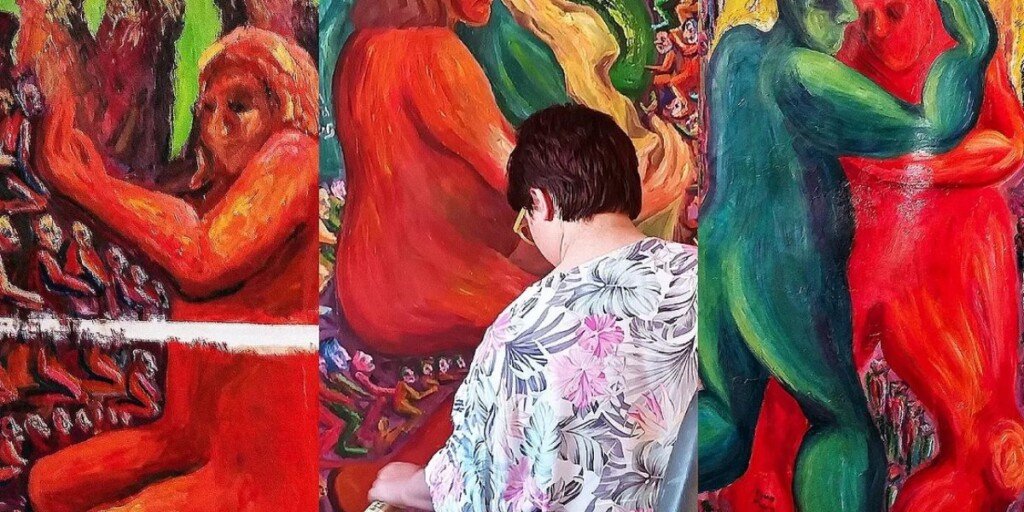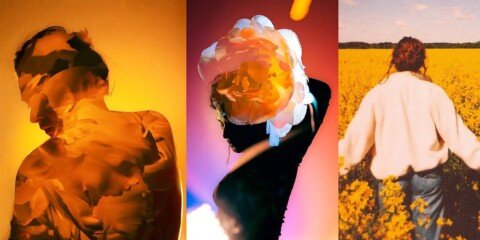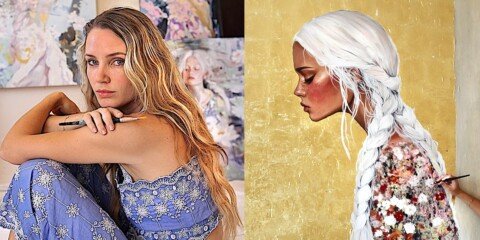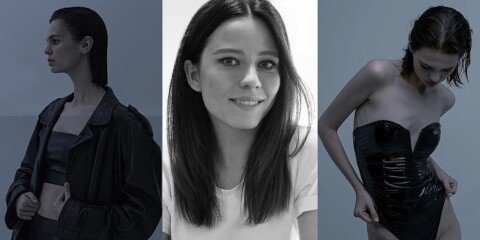“Art, for me, finds meaning in both the collective and the personal,” shares Isun Meera (@isunmeera), a contemporary painter whose work intimately explores the delicate dance between memory, identity, figuration, and abstraction. Through her masterful use of layered textures, colors, and forms, Meera’s art becomes a profound reflection on themes of resilience, erosion, and the ongoing reconstruction of both personal and collective memory.
Her creative journey, deeply rooted in human connection and authentic emotion, offers a refreshing perspective in a world often preoccupied with polished perfection. In this exclusive art interview, join me as we delve into the insightful world of Isun Meera — an artist who truly believes that “the most meaningful path in art is the one you carve honestly, not perfectly.” Discover the inspirations behind her captivating work and the philosophy of her unique artistic vision in this heartfelt conversation.
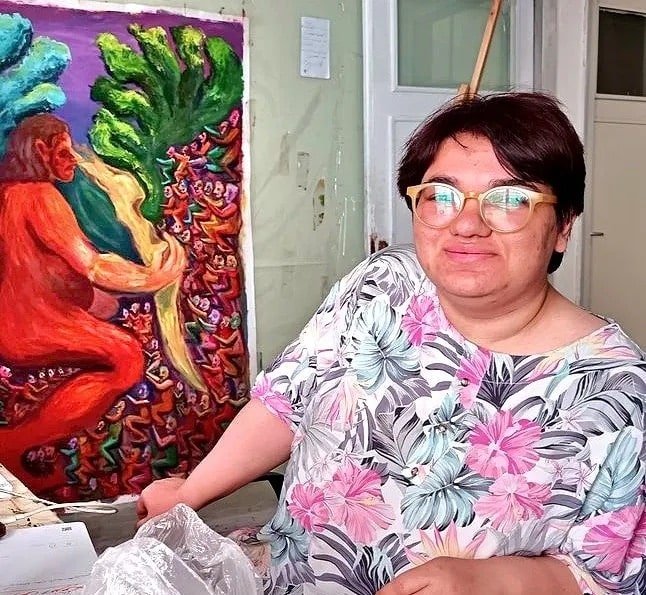
🟥 Can you share a bit about your background and the journey that led you to becoming an artist?
My name is Isun Meera. Initially, I studied natural sciences in high school, but later I decided to pursue chemistry and biology, aiming to follow an academic path in that field. However, over time, I realized that I had a deep interest in creating art, and I became truly aware of this passion around the age of twenty. This realization led me to study traditional design and visual design at university a field somewhat related to art, though not entirely focused on it. Eventually, I found my true path, and for the past six and a half years, I’ve been actively drawing and painting.
🟥 Was there a defining moment or experience that solidified your decision to pursue art seriously?
The moment that led me to seriously pursue art was during a time when protests and movements against the government were rising in my country something that had happened before, but became more intense. This deeply affected me and inspired me to move toward creating art that reflects political issues in my country, as well as broader social matters, global concerns, and human rights.
🟥 Do you remember the first piece of art you created, and what inspired you to make it?
One of the very first artworks I created was actually made using a material that’s not very common for beginners in drawing markers. I used yellow, blue, and orange markers to recreate the decapitated Venus sculpture. I remember being really focused on its composition and colors. I believe it’s still visible at the very bottom of my Instagram page, in one of my earliest posts.

🟥 What inspires you the most when creating your art?
Most of the inspiration behind my artworks comes from both personal and social sources. I often reflect deeply on social issues both within my own country and around the world. Although I don’t follow the news in detail, I try to read articles related to philosophy, sociology, and other fields within the humanities. This habit has helped me observe my surroundings more attentively when I’m out in society, and my interactions with people have become more meaningful and insightful as a result.
🟥 Are there specific activities, rituals, or moments that fuel your creativity?
Creativity often begins for me in the spaces between people those unpredictable, often fleeting interactions that light something up inside. Social activities deeply affect my creative energy. Conversations with friends, unexpected chats with strangers in the metro, and spontaneous connections all tend to ignite something internal and vivid. These small, human moments often spark bigger ideas.
🟥 How would you personally define art, and what deeper meaning does it hold for you?
I don’t try to define art in strict terms it feels too alive for that. Even the word itself doesn’t carry an ancient weight; it seems modern and evolving. For me, art finds meaning in the collective and the personal. It’s as much about community and shared experience as it is about my own emotional world. Rather than define it, I live it. It’s in the way I see, feel, and connect with others and myself.
🟥 What part of the creative journey excites you the most — conceiving an idea, the act of creating, or finishing the piece?
The creative process is both exciting and challenging from start to finish. I’m quick to imagine ideas and bring concepts to life; inspiration often hits fast. But finishing a work can be harder. I might return to a piece several times, revisiting it, sitting with it until it finally feels whole.

🟥 Do you follow a structured plan when creating art, or is your process more spontaneous?
My approach to making art is intuitive and spontaneous. I don’t follow structured plans I let ideas evolve naturally, guided by emotion and instinct. That freedom allows the work to feel more honest.
🟥 What time of day do you feel the most creative, and why do you prefer that time for your work?
Evening and night are my most creative times. There’s something quiet and expansive about those hours the noise of the day fades, and I feel more in tune with myself.
🟥 Do you listen to music while creating, and how does it influence your process?
Music is often part of the process. It helps me tap into deeper emotions and sometimes leads the rhythm or feeling of what I’m creating. It’s like another layer of language working with me.
🟥 Do you have any specific rituals or routines you follow before starting a new project?
Before I begin a project, I usually pause nothing formal, just a moment of stillness. Sometimes I take a walk, sometimes I stare out the window, letting my thoughts drift. That moment of internal connection helps me enter the right emotional space.
🟥 What is the most challenging aspect of creating art, and how do you navigate those?
The hardest part of creating is letting go of perfection. I often revisit pieces, unsure if they’re truly done. Over time, I’ve learned to value the feeling behind the work more than its polish.
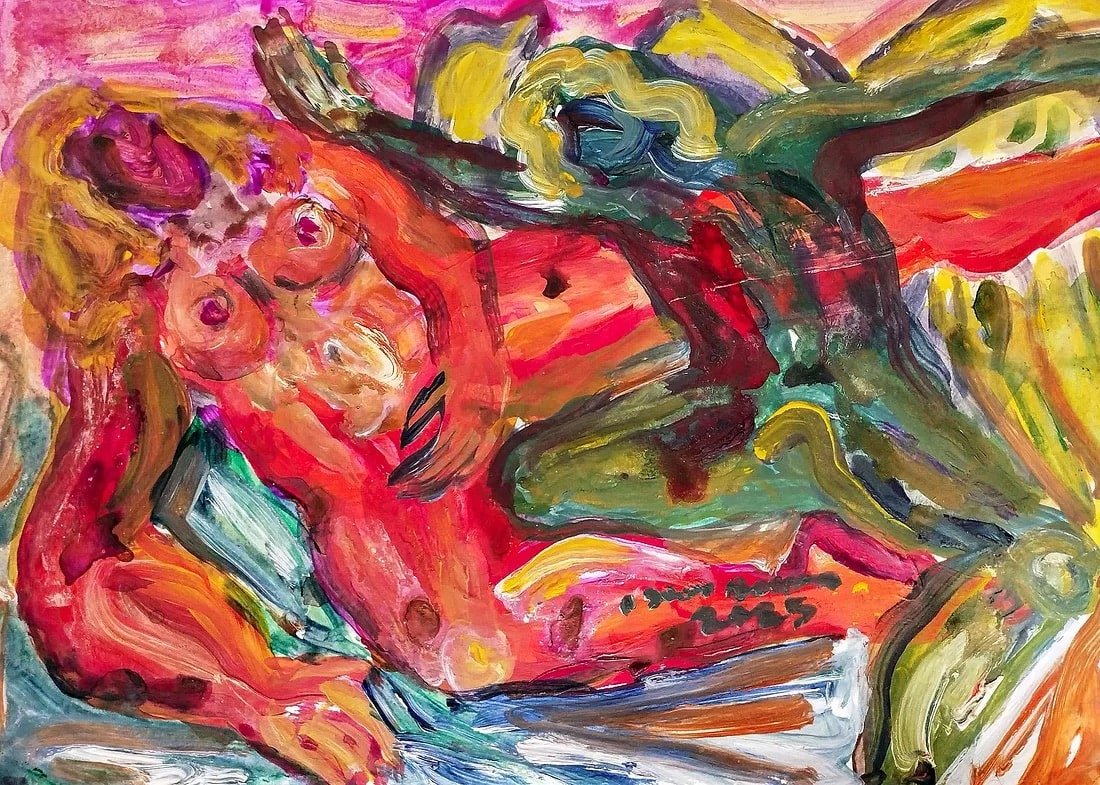
🟥 What keeps you motivated during times when creativity feels like a struggle?
When creativity feels distant, I reconnect with people or the world outside. A conversation, a shared moment, even watching others interact all of that reawakens something. I’ve learned that my creativity is deeply tied to connection.
🟥 Can you share an experience or lesson that contributed the most to your growth as an artist?
One of the biggest lessons that shaped me was realizing that I didn’t need to isolate myself to create. People *are* my inspiration.
🟥 Is there a piece of advice you received that completely changed the way you create or think about art?
Someone once told me: “Don’t aim for perfect aim for real.” That advice changed how I see my work. I stopped trying to meet external standards and started listening to my inner voice.
🟥 When you view a piece of art, what qualities or emotions do you look for?
When I look at a piece of art, I look for feeling. I want to be moved not by skill, but by truth. Art should speak, not just perform.
🟥 How do you perceive art’s purpose and its impact on individuals and society?
I believe art is a way of understanding ourselves and others. It builds bridges where words might fail. It gives us back our humanity in a world that often forgets it.
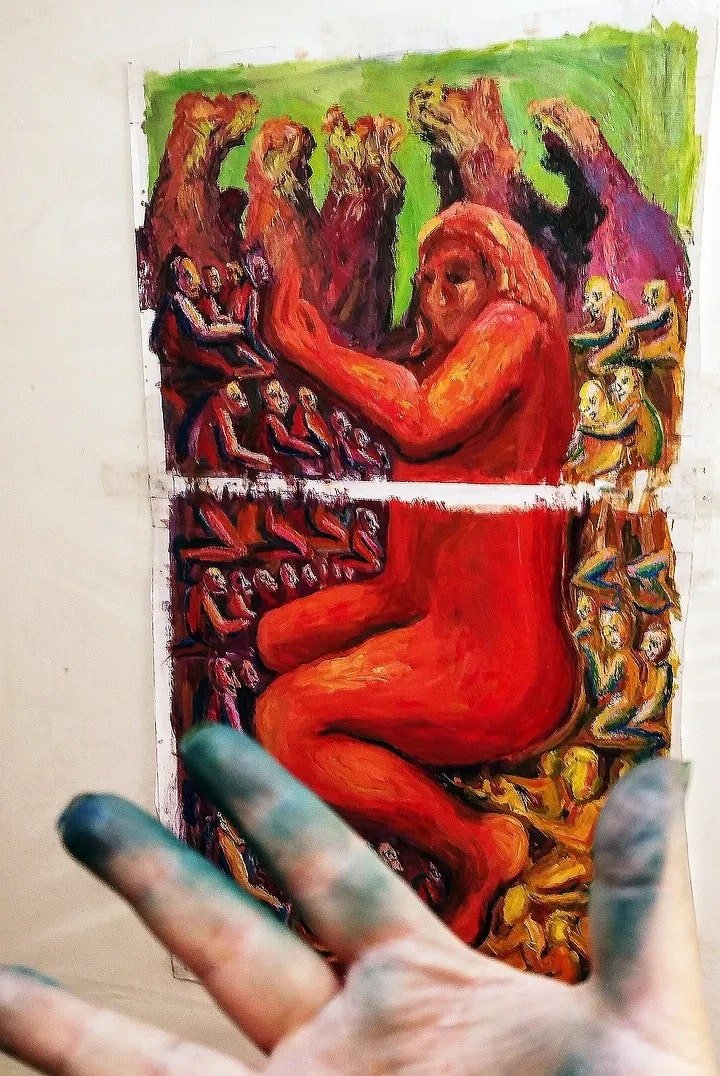
🟥 In your view, what do concepts like “passion” and “uniqueness” represent in art?
Passion, to me, means creating because you *have* to not for validation. Uniqueness is about being brave enough to follow your own rhythm, not someone else’s formula.
🟥 What are the non-negotiable essentials in your workspace?
My workspace is simple but emotionally important. I need comfort, music, and light. I keep small items around things that carry memory or emotional weight. They remind me of why I started.
🟥 Do you have a favorite tool or object in your studio that holds sentimental value?
Well definitely my brushes because I create different textures and effects with them and they are sentimentally valuable as my oil paints .
🟥 What’s the one thing you always need by your side while creating art?
I admire people who are brave in their art those who create with sincerity, even when it’s risky. It’s not always about big names for me; it’s about emotional depth.
🟥 Who are the artists or people you admire the most, and why?
I admire people who are brave in their art those who create with sincerity, even when it’s risky. It’s not always about big names for me; it’s about emotional depth. Edvard Munsch , Lucian Freud , Francis Bacon , Käte Kollwitz and many many fantastic artists…

🟥 Imagine you could create a piece of art in collaboration with someone from history. Who would you choose and why?
If I could collaborate with anyone from history, it might be Käte Kollwitz. Her fearless honesty and ability to turn pain into art resonate with how I approach art.
🟥 What’s your superpower?
If I have a creative “superpower,” it’s sensitivity. I feel things deeply, notice small details, and those feelings often become the seeds of my work.
🟥 What does success as an artist mean to you — recognition, impact, or something else entirely?
Success, for me, isn’t about being known it’s about being felt. If someone connects with what I create, that’s enough.
🟥 Can you tell us about a piece of your art that holds a special place in your heart and why it’s so meaningful to you?
All of my self-portraits are adorable for me , but i have piece called self portrait with contradictions which is an essence of the paradoxical things that I’m experiencing and it’s special for me.
🟥 What are your dreams or goals for the future?
My dream for the future is to stay connected to honest expression and emotional growth. I hope to continue evolving as an artist and to share work that resonates with others on a deep level.
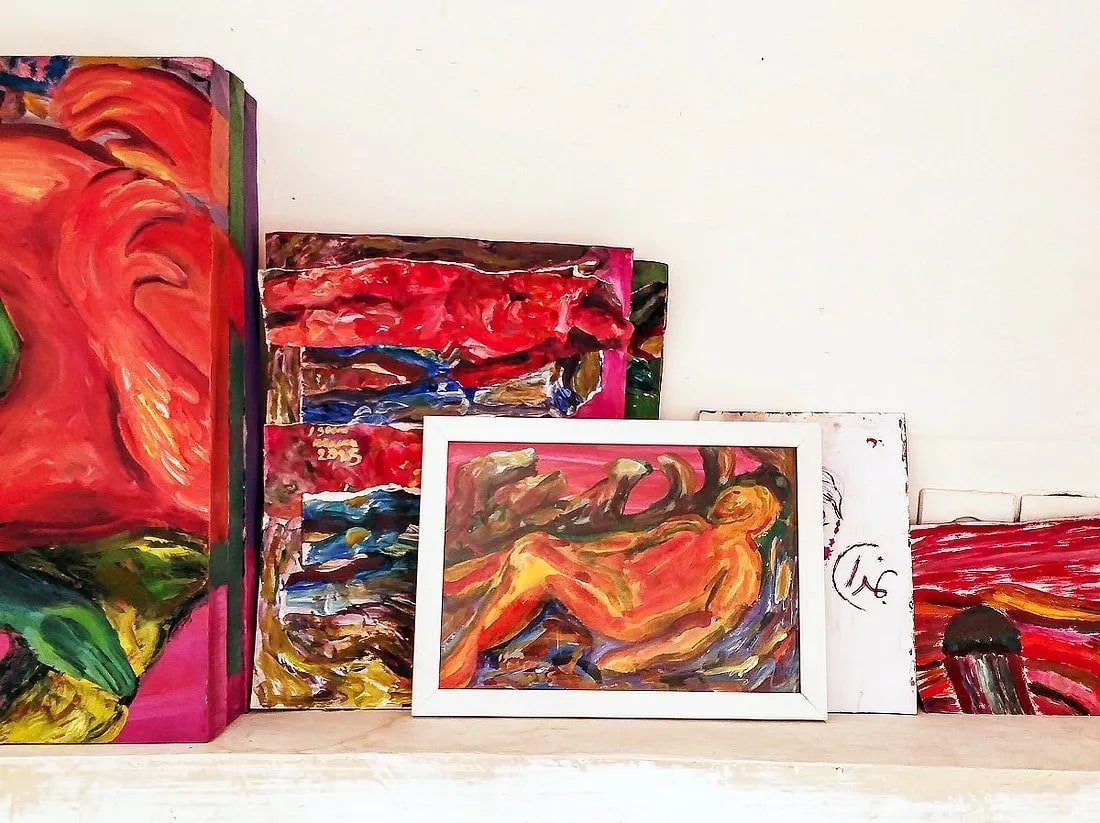
🟥 How would you define a “creative person”?
A creative person, in my view, is someone who sees beyond the surface. They recognize connections others might miss and are courageous enough to explore their inner world through expression.
🟥 In your opinion, what are the positive and negative differences between being an artist today and being an artist a century ago?
Being an artist today has its positives access to tools, platforms, and wider communities but it also brings pressure to constantly produce and present. A hundred years ago, creation may have been slower, more deliberate. Today, it takes effort to find depth among the noise.
🟥 In your opinion, what are the best and most challenging aspects of being an artist?
The best part of being an artist is the freedom to turn emotion into something tangible, to transform feeling into form. The hardest part is resisting the pressure to conform or commercialize that voice.
🟥 What advice would you give to aspiring artists who want to build a meaningful career?
To new artists: be patient with yourself. Don’t let comparison dim your path. Let your work evolve naturally. Focus on sincerity, and your unique voice will carry you toward a meaningful creative journey.
Relevant Links:
Twitter: x.com/isunmeera
Instagram: instagram.com/isunmeera
Objkt: objkt.com/users/tz1fiFnA3KP56WEWTGmGtjRBAt2hVm4iquSk
Note: The answers given by the artist have been quoted verbatim without any editing to preserve the artist’s authentic voice for our readers.


